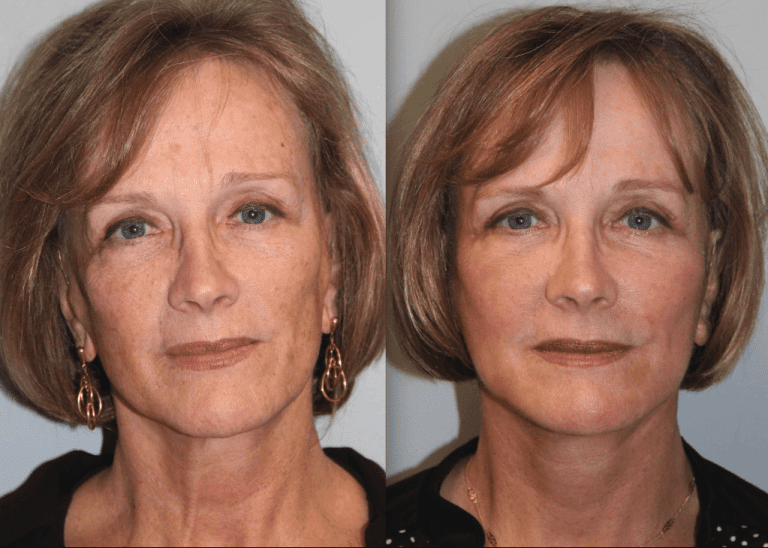“I just want to look “x” years younger” is a common request in the dermatology or plastic surgery office. One way to accomplish that is to restore facial volume. Most of us may not initially recognize volume loss in our face because we see ourselves everyday. But the changes become stark when we look at old photographs. Restoring volume is an important and common approach to helping patients achieve the results they desire.
Hyaluronic acid injections, commonly known as “fillers,” are a popular way to increase facial volume. Injectable filler is relatively quick to perform, has minimal downtime, and provides immediate results. The main downside of filler is that the results are temporary, typically lasting between 6 and 18 months.
A more permanent way to increase volume is fat transfer. Fat is usually collected from the abdomen and strategically injected into areas of the face. It requires from 1 to 3 separate injections spaced 6 weeks apart to achieve results. Fat integrates well and the results last, which probably sounds great. But is there a catch?
Potentially. An important consideration of fat grafting is that the fat acts like the donor site (abdomen), not the recipient site (face). While people lose weight and volume in their face as they age, they often gain weight in other areas, including the abdomen. As a result, if the patient gains weight over time, the fat in the face will grow too. A well qualified doctor or PA will be able to make the appropriate judgment regarding the volume of fat appropriate to inject.
Because of fat’s potential to grow, the best candidates for fat transfer tend to be older patients, of stable weight, and if applicable, post-menopausal. Otherwise, filler is a great option to add volume and can be tailored as the patient ages.

